In this article, we will explore the table variable in SQL Server with various examples and we will also discuss some useful tips about the table variables.
Read more »
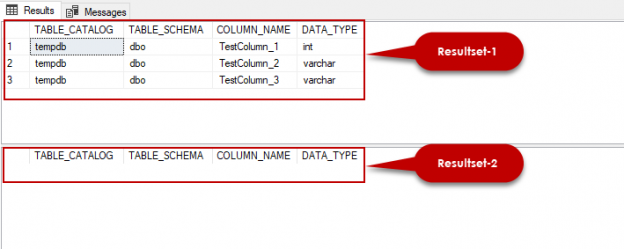


In this article, we will explore the table variable in SQL Server with various examples and we will also discuss some useful tips about the table variables.
Read more »
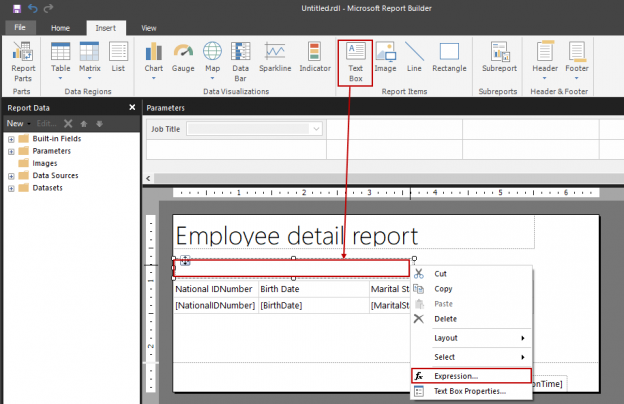
This article covers the usage and detailed features of the multi-value parameter in SSRS.
Read more »
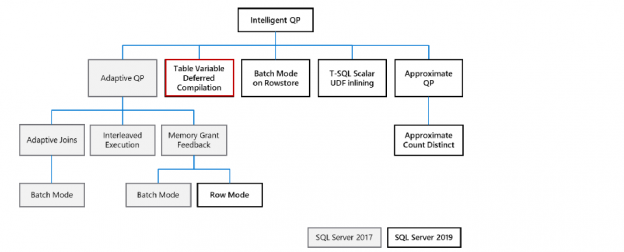
In an article, An overview of the SQL table variable, we explored the usage of SQL table variables in SQL Server in comparison with a temporary table. Let’s have a quick recap of the table variable:
Read more »

In this article, we will learn the notions and usage details of the SQL variable. In SQL Server, local variables are used to store data during the batch execution period. The local variables can be created for different data types and can also be assigned values. Additionally, variable assigned values can be changed during the execution period. The life cycle of the variable starts from the point where it is declared and has to end at the end of the batch. On the other hand, If a variable is being used in a stored procedure, the scope of the variable is limited to the current stored procedure. In the next sections, we will reinforce this theoretical information with various examples
Read more »
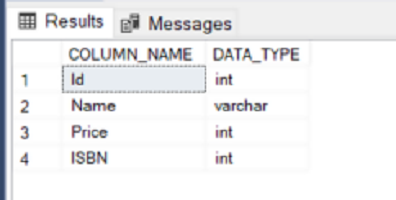
This article explains SQL DDL commands in Microsoft SQL Server using a few simple examples.
Read more »
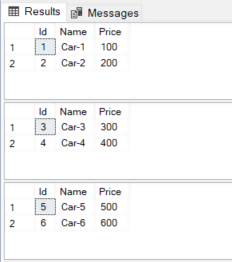
The SQL While loop is used to repeatedly execute a certain piece of SQL script.
Read more »
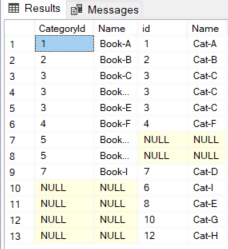
In this article, you will see how to use different types of SQL JOIN tables queries to select data from two or more related tables.
Read more »
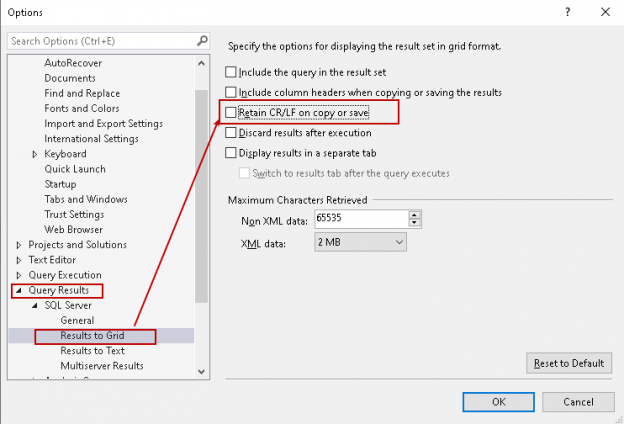
This article explores inserting SQL carriage return AKA line break and tab in a string along with SSMS behavior while copying data to excel, notepad.
Read more »
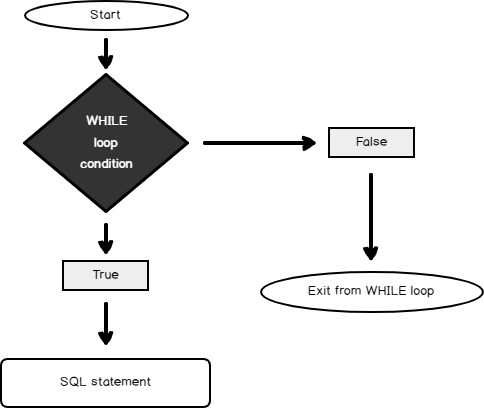
SQL WHILE loop provides us with the advantage to execute the SQL statement(s) repeatedly until the specified condition result turn out to be false.
Read more »
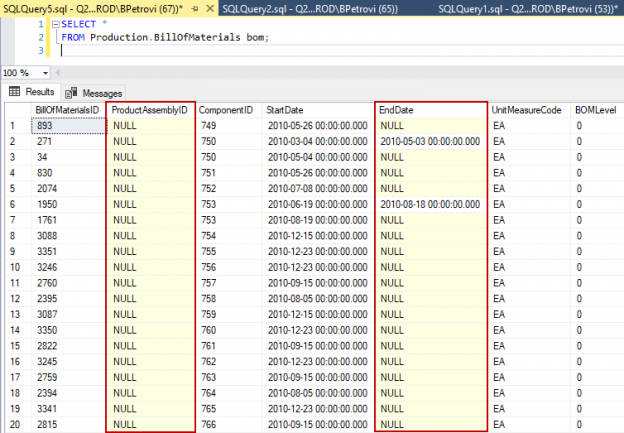
This article is about many different SQL data types that we use when working with SQL Server. We will start with a quick overview and go through some stuff like categories of data types, what objects we can work with, and how to create our own custom data types.
Read more »
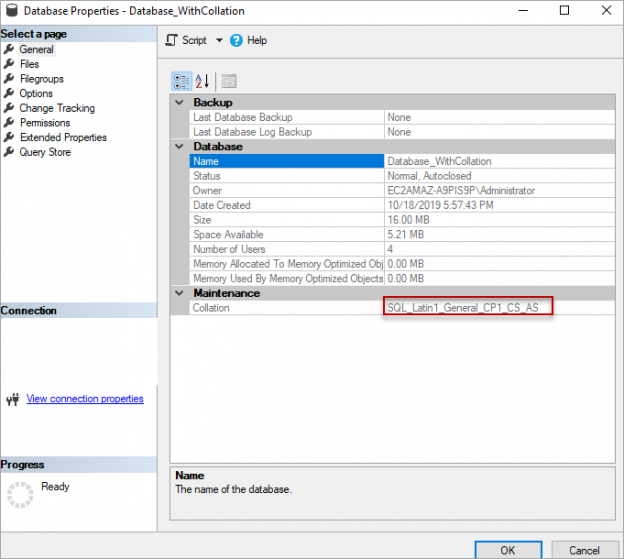
In this article, we will review the Collate SQL command. First, let us see what collation in the SQL Server is.
Read more »

This article explores the SQL divide by zero error and various methods for eliminating this.
Read more »
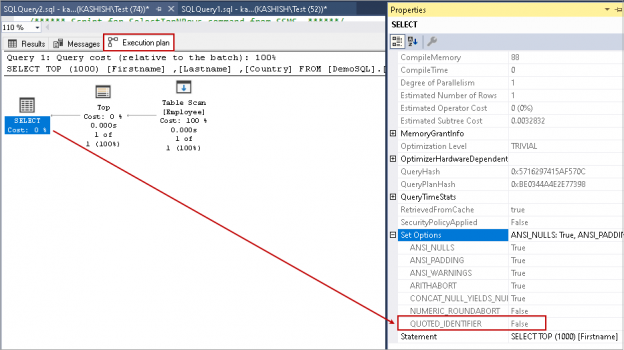
In this article, we will explore QUOTED_IDENTIFIER behavior, default value, and comparison with a different value. Set options at connection level control query behavior in SQL Server. The query might behave differently with different set options and their values.
Read more »
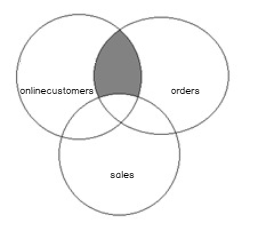
In this article, we will learn the SQL multiple joins concept and reinforce our learnings with pretty simple examples, which are explained with illustrations. In relational databases, data is stored in tables. Without a doubt, and most of the time, we need a result set that is formed combining data from several tables. The joins allow us to combine data from two or more tables so that we are able to join data of the tables so that we can easily retrieve data from multiple tables. You might ask yourself how many different types of join exist in SQL Server. The answer is there are four main types of joins that exist in SQL Server. First of all, we will briefly describe them using Venn diagram illustrations:
Read more »
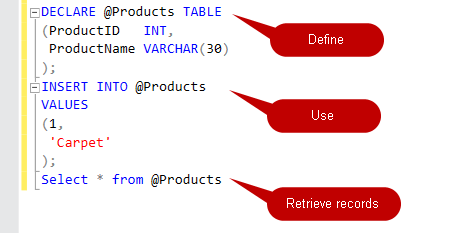
This article explores the SQL Table variables and their usage using different examples.
Read more »
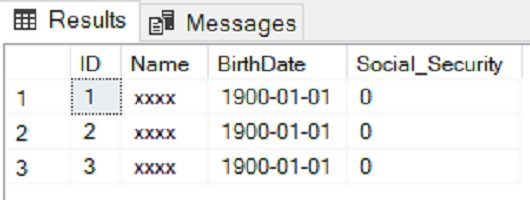
Security has been one of the prime concerns of database developers since the inception of database management systems. Various data protection schemes have been introduced to provide secure access to sensitive data.
Read more »

In the article SQL Server Lead function overview and examples, we explored Lead function for performing computational operations on data. This article gives an overview of the SQL Lag function and its comparison with the SQL Lead function.
Read more »
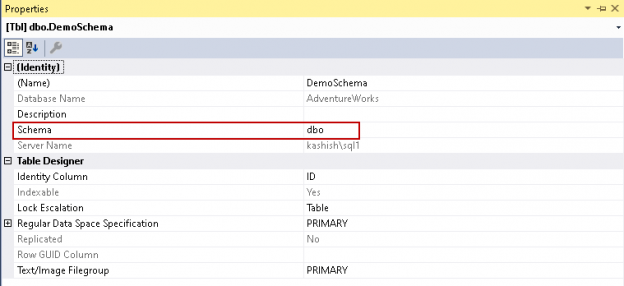
This article gives an overview of SQL Schema and its usage in SQL Server.
Read more »
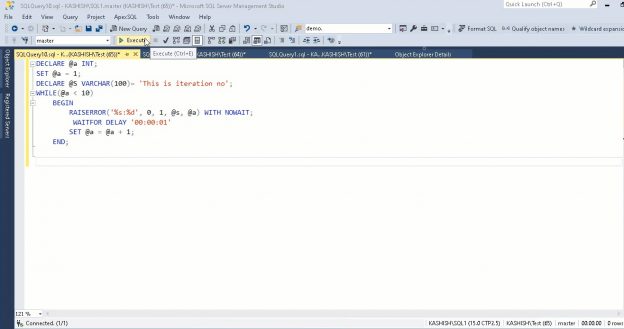
This article explores the SQL Server PRINT statements, and its alternative SQL Server RAISEERROR statements to print messages in a query.
Read more »
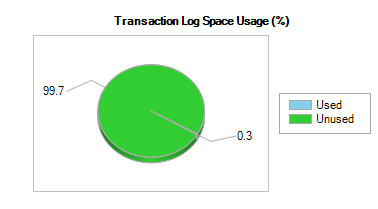
Truncating a table is removing all the records in an entire table or a table partition. TRUNCATE table is functionally similar to DELETE table with no WHERE clause. However, TRUNCATE table is much faster than DELETE with respect to the time and the resource consumptions which we will look at in this article. TRUNCATE statement removes the data by de-allocating the data pages in the table data. This means that TRUNCATE is similar to drop and re-create the table. Also, it records only the page de-allocations in the transaction log, not the row-wise as in DELETE statement.
Read more »
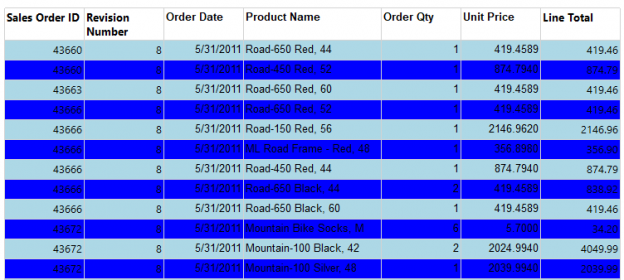
Setting alternate row colors in SSRS (SQL Server Reporting Services) is an important visualization configuration for end-users so that they can easily view their reports. However, setting alternate colors in SSRS is not a click of a button configuration like in the Microsoft Excel.
Read more »
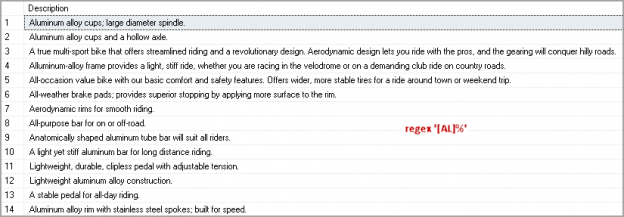
This article explores T-SQL RegEx commands in SQL Server for performing data search using various conditions.
Read more »

In this article, we will learn multi-statement table-valued functions (MSTVFs) basics and then we will reinforce our learnings with case scenarios.
Read more »

This article gives an overview of SQL UPPER function and SQL LOWER function to convert the character case as uppercase and lowercase respectively.
Read more »
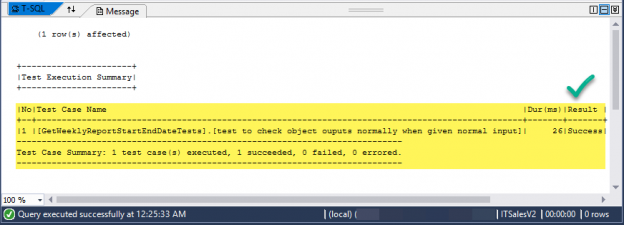
This article gives hands-on experience of writing basic utility procedures and creating their SQL unit tests using tSQLt an advanced SQL unit testing framework.
Read more »© Quest Software Inc. ALL RIGHTS RESERVED. | GDPR | Terms of Use | Privacy